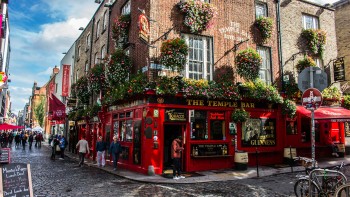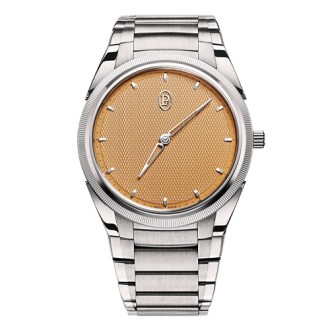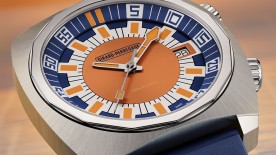Dublin is a city close to my heart. I lived, studied and worked in the Irish capital for four years, and every time I return there it feels like home. What’s so special about it? Well, if you can tolerate – even embrace – its unpredictable weather, Dublin has bags to offer: landmarks bursting with history, fantastic shopping, impressive Georgian architecture, warm and welcoming people, plus a thoroughly vibrant nightlife.
For this hypothetical trip back to my former stomping ground, I have decided to take a few watches from one of my favourite brands, Parmigiani Fleurier, whose mix of consummate craftsmanship and clean, contemporary design are hard to resist.
Sober and Scholarly
With its compact layout and pedestrian-friendly streets, Dublin is a great city to discover by foot. A good place to start is Trinity College, Ireland’s oldest university and home to the Book of Kells. This illuminated, intricately decorated medieval manuscript is a crucial artifact of early Christian Ireland.
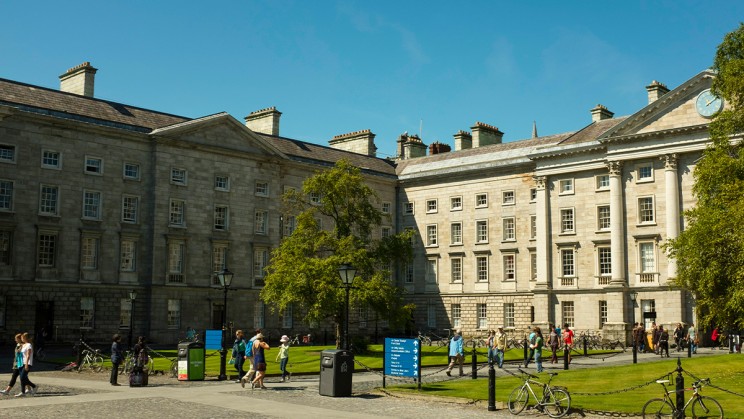
For this first stop, I would be inclined to strap on the Parmigiani Fleurier Toric Petite Seconde Platinum. Its sober, hand-frosted Grey Caledon dial – almost an olive green – and attractive 40.6mm case in this noble metal are just the ticket for this scholarly and erudite environment.
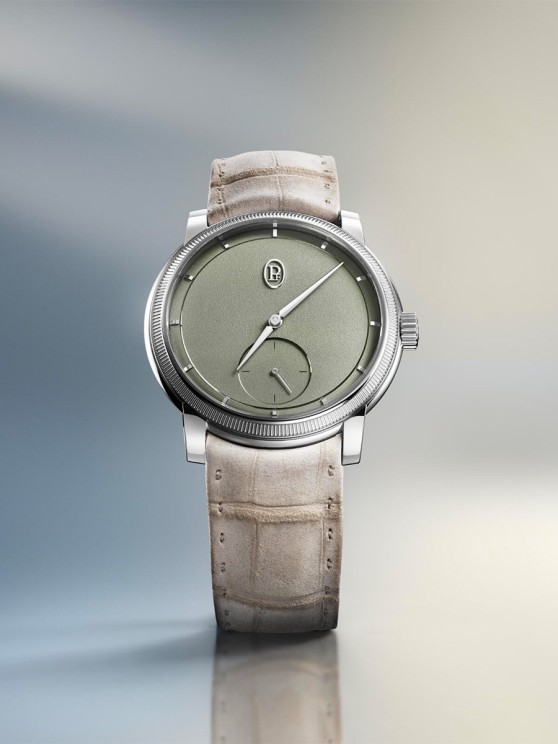
From Trinity College, you can easily wander over to a number of other must-see sites: St Stephen’s Green, a lush city park perfect for an afternoon stroll; Dublin Castle, an important symbol of the city's storied past; and Christ Church Cathedral, renowned for its Gothic Revival architecture. And from the latter, you can head to the Ha'penny Bridge that arches over the River Liffey to make your way to O'Connell Street, where several pivotal episodes of Irish history have unfolded.
Vibrant Hue
Just north of Dublin, the peninsular of Howth offers a lovely escape from the bustle of the city thanks to its stunning natural beauty. Visitors can hike along the rugged cliffs adorned with vibrant gorse bushes, enjoy panoramic sea views and often spot playful seals in the harbour.
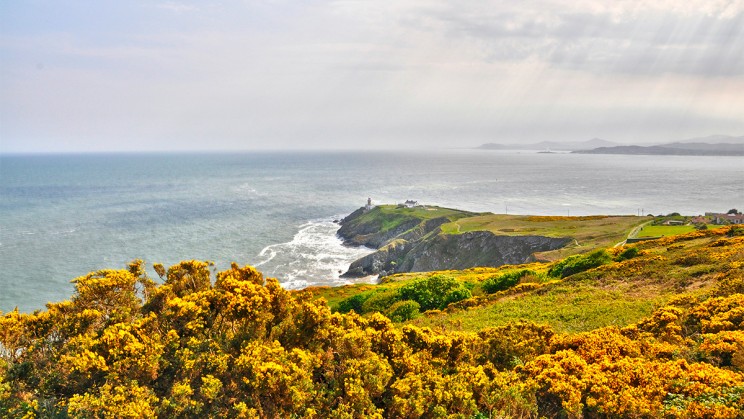
For this outdoorsy daytrip, my choice would be the Parmigiani Fleurier Tonda PF Micro-Rotor No Date. The Golden Siena tone and barleycorn guilloche pattern of its dial are a fitting match for the bright yellow flowers of the gorse that characterises the Howth terrain. Plus, all you need to know is the time here, nothing else, so its pared-down indications are particularly apt.

Two-Tone Triumph
Of course, no visit to Dublin is complete without savouring a pint of Guinness. This iconic stout – made from roasted barley, malted barley, hops, yeast and water since 1759 – embodies the city’s rich brewing heritage. You can, by all means, grab a pint of the black stuff at source – the Guinness Storehouse – but even better would be in one of the city’s celebrated pubs.
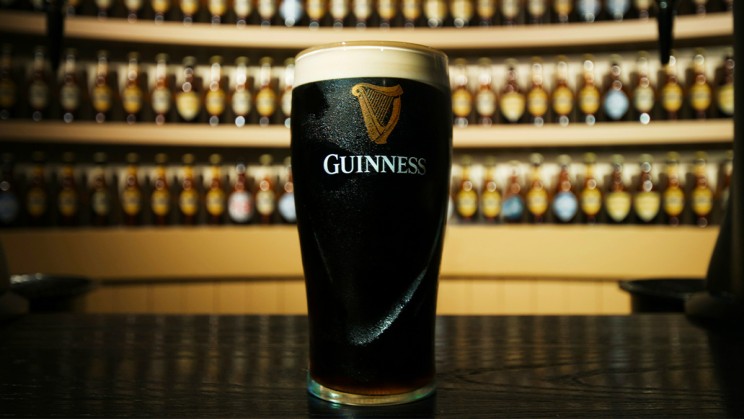
While many tourists may flock to Temple Bar, the city boasts a number of historical pubs that shouldn’t be missed: For one, the Brazen Head, Dublin’s oldest pub, established in 1198. There is also The Palace Bar, known for its literary connections and traditional feel.
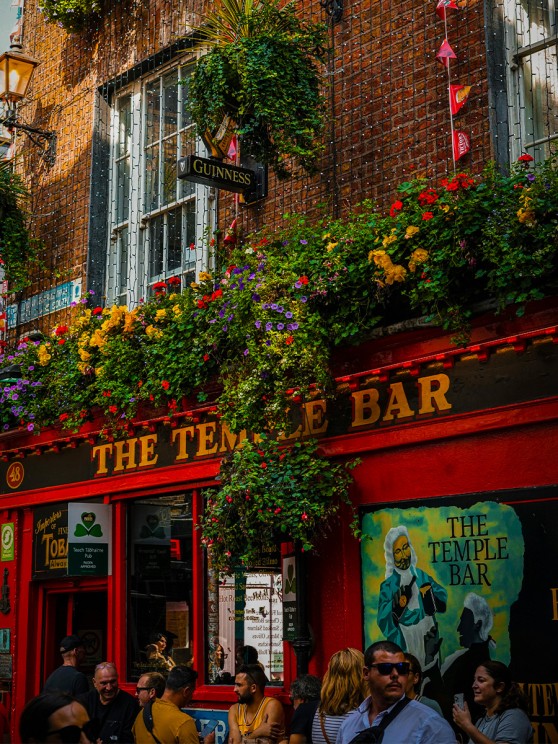
My pick, though, is The Long Hall, a Victorian-era pub that stands out for its ornate interior and warm ambiance, where both young and old congregate to engage in lively chat and cheerful revelry.
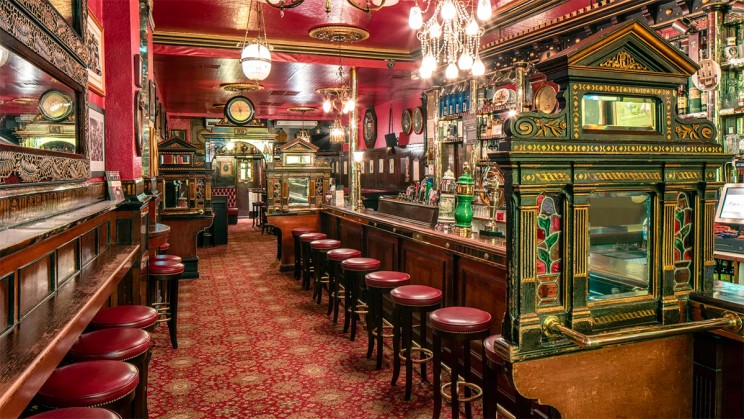
Which PF timepiece would best accompany a pint of Guinness here? Why, the Tonda PF Sport Chronograph, of course. Its panda-style dial – with silvered guilloched base punctuated by black counters – neatly recalls the dark body and velvety head of the famous beer.
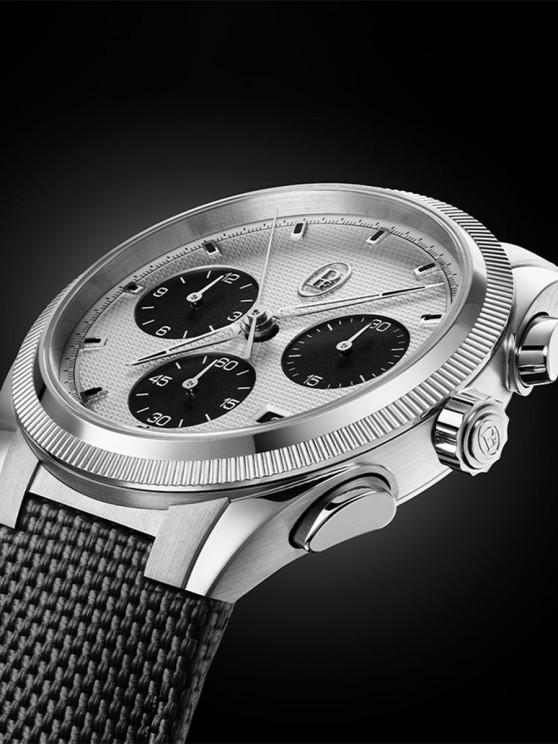
What’s more, you can use this watch to check that the bartender is pouring this hallowed beverage in the right way: That means filling the glass three-quarters at a 45-degree angle, allowing it to settle for 119.5 seconds, before topping it off. This meticulous process optimises Guinness’ smooth texture and unmistakable taste!
